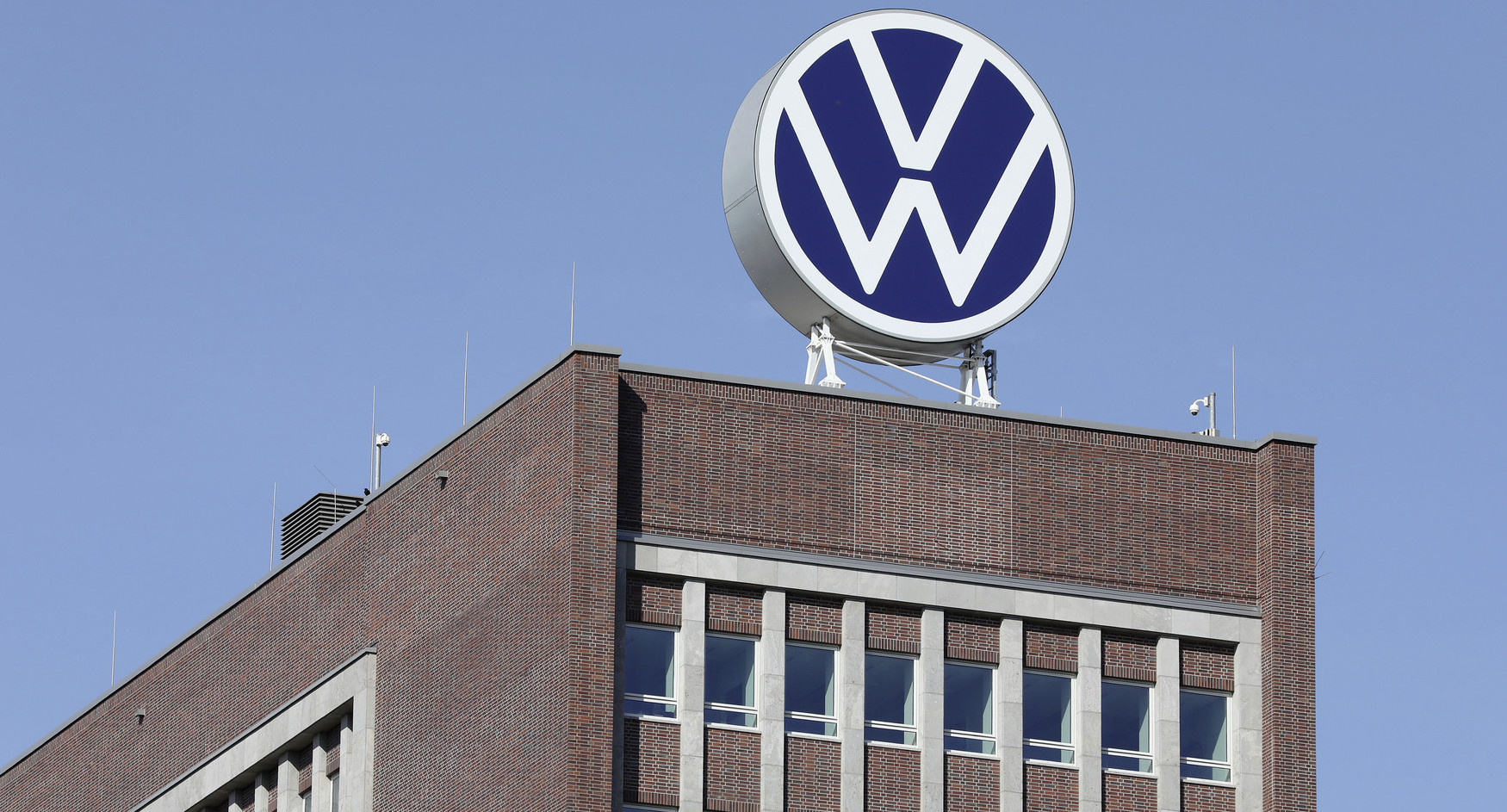
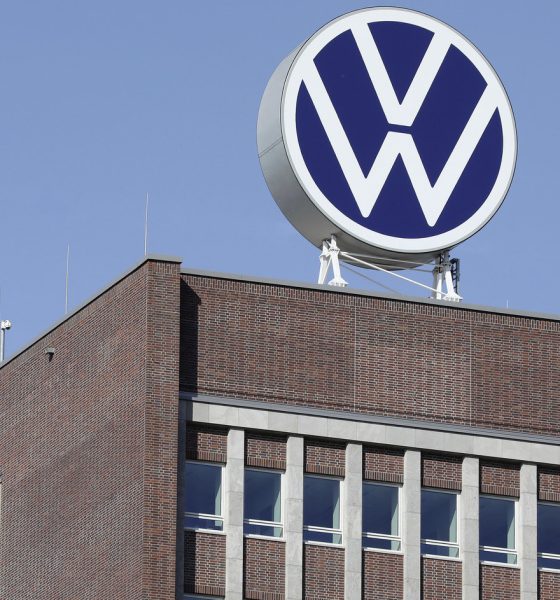
News
Volkswagen’s Power Day: Six new cell plants, new unified battery cell, charging network partnerships
Earlier today, German automaker Volkswagen held its first-ever “Power Day” event. Similar to Tesla’s Battery Day, Volkswagen outlined its plans for reducing the cost of electric vehicles, how it will supply battery cells for its massive EV push, a new “unified” battery cell, and the how company’s charging network is being funded by BP and other European-based energy companies.
Batteries and Cell Production
Every company involved with electric vehicles knows that to reduce the cost of its cars, sourcing batteries is 9/10ths of the battle. Batteries make up a substantial portion of an electric vehicle’s overall cost. With increased battery production and purchasing, EV makers hold the ability to lower the cost of their vehicles overall. Tesla outlined this last September at its own battery-focused event.
Volkswagen’s roadmap isn’t much different than Tesla’s. The company plans to increase cell production in Europe by a substantial margin, developing six new cell factories that will be fully operational by 2030.
“Together with partners, we want to have a total of six cell factories up and running in Europe by 2030, thus guaranteeing security of supply,” Thomas Schmall, Member of the Board of Management of Volkswagen Group for Technology and CEO of VW Group Components, said. The six new factories will produce cells with a total energy value of 240 GWh per year by the time they are finished. Two of the factories will operate in Sweden, with one in Skellefteå and another in Salzgitter. The Salzgitter factory will produce cells for VW’s “high-volume segment” starting in 2025 and will have up to 40 GWh per year of capacity.
Additionally, the company said that it “has decided to refocus the previous plan in relation to cell production and concentrate production of its premium cells in the Swedish gigafactory “Northvolt Ett” in Skellefteå in collaboration with Northvolt.” This factory will begin producing cells in 2023 and will be expanded to a final annual capacity of 40 GWh.
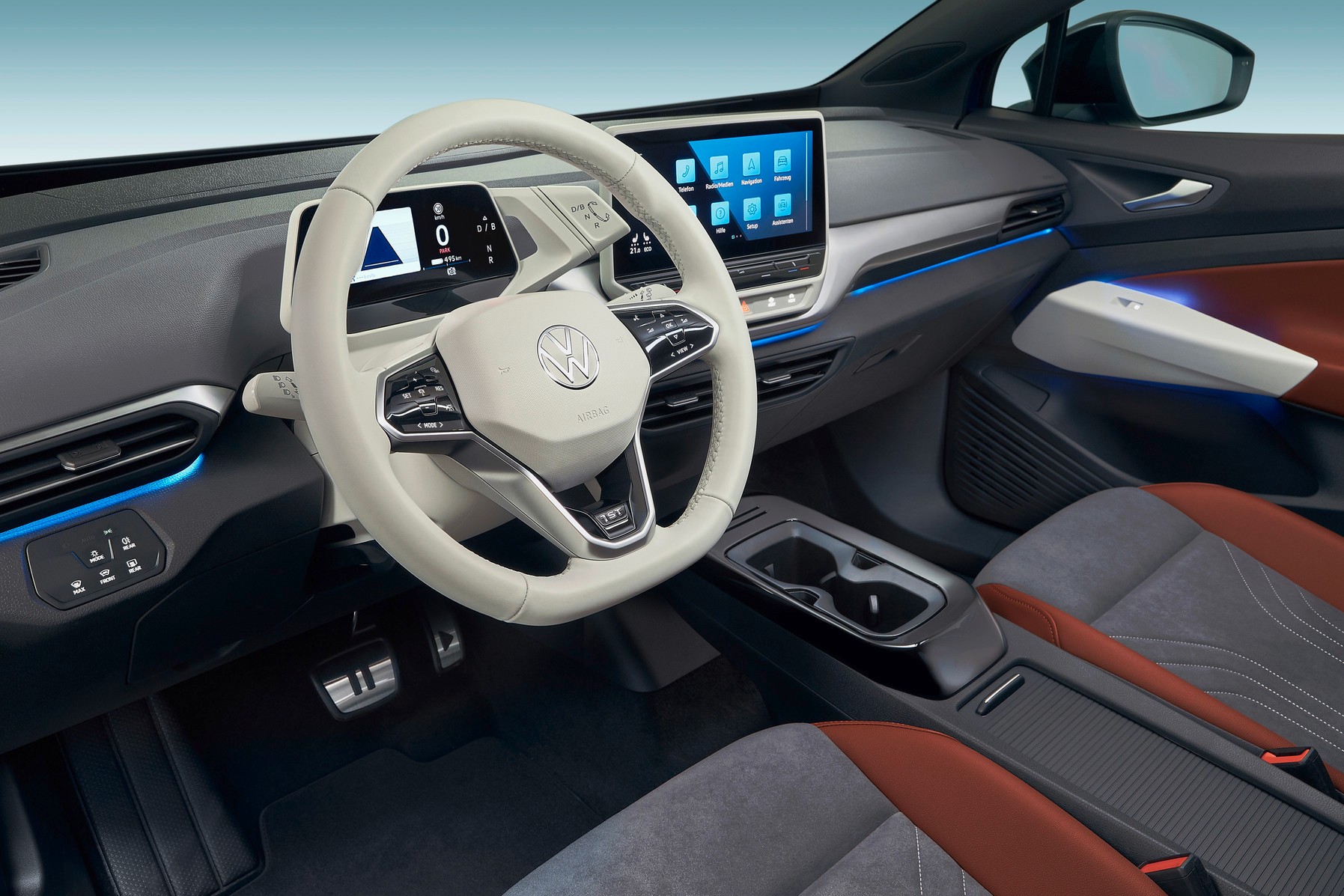
Credit: Volkswagen
New Unified Battery Cell in 2023
Volkswagen’s plan to reduce costs is funneled through battery developments and improvements. Schmall outlined this with the idea of new, more cost-effective cells that will increase range and performance. “This will finally make e-mobility affordable and the dominant drive technology,” Schmall said.
While Volkswagen plans to purchase cells from suppliers, it also plans to create cells in-house within a series of battery production facilities. In 2023, a new, unified cell will be launched and installed in 80% of the Volkswagen group’s electric vehicles. “We will use our economies of scale to the benefit of our customers when it comes to the battery too. On average, we will drive down the cost of battery systems to significantly below €100 per kilowatt-hour,” Schmall added.
“Integration of the Value Chain”
In an attempt to secure the long-term supply of its battery cells to alleviate any concerns over its transition to electromobility, Volkswagen says it will focus on partnerships with selected strategic partners. “The new prismatic unified cell also offers the best conditions for the transition to the solid state cell – the next quantum leap in battery technology, which Volkswagen anticipates for the middle of the decade. The Group focuses consistently on strategic partnerships and efficient use of resources both for batteries and for charging,” VW said. Additionally, the VW Group said it will adhere to its strategic financial targets and will continue to aim for a 6% CAPEX ratio by 2025. It also plans to have a net cash flow of more than €10 billion in its core automotive business.
Charging Network fueled by partnerships with BP, Iberdrola, Enel
Volkswagen isn’t only working on its battery plans. The company also is working on expanding its charging platform by calling upon European power companies to help with the rollout. Partnerships with IONITY and BP will establish 8,000 new charging points throughout Europe. Additionally, 4,000 150 kW chargers will be installed at BP and ARAL service stations in Germany and Great Britain. Spain-based Iberdrola will assist Volkswagen with main traffic route coverage in Spain, and Italian company Enel will help with main and urban motorways in Italy.
Volkswagen says its total investment package for the charging infrastructure will cost around €400 million by 2025 and is looking for other companies to partner with.
In North America, 3,500 fast-charging points will be installed by Electrify America by the end of the year. In China, 17,000 will be installed as well.
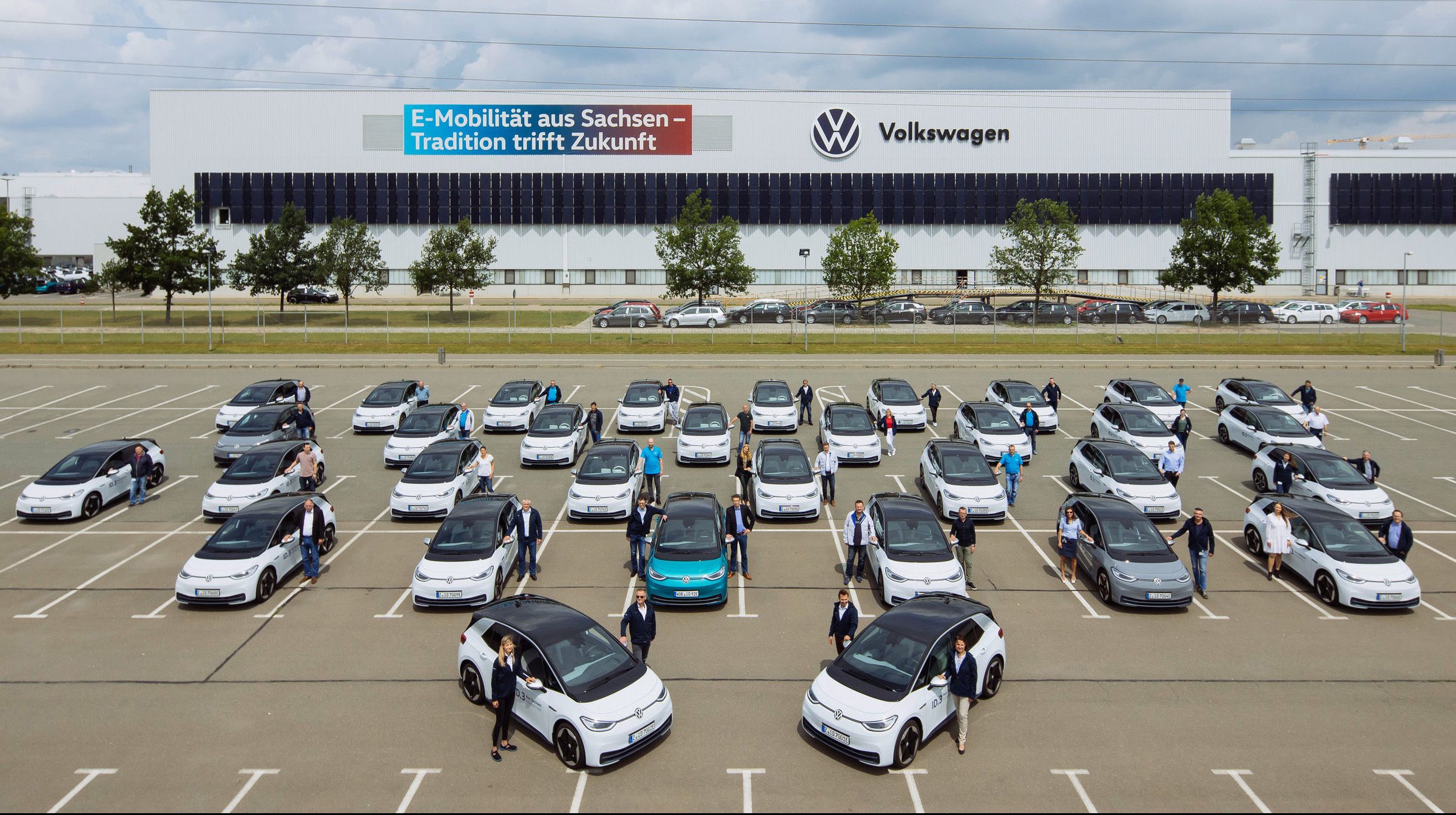
Credit: Volkswagen
Planned V2G Capability
While Volkswagen says it intends to “integrate the electric car in private, commercial and public energy systems in the future,” it says that vehicles using the MEB platform will support energy storage capabilities starting in 2022. Bidirectional wall boxes to energy management systems will be developed as well, allowing owners to supply power to residential buildings, businesses, or the general power grid when needed.
Volkswagen’s full Power Day event is available below.
https://www.youtube.com/watch?v=vdnRfNwj1Fg

News
Swedish union rep pissed that Tesla is working around a postal blockade they started
Tesla Sweden is now using dozens of private residences as a way to obtain license plates for its vehicles.

Two years into their postal blockade, Swedish unions are outraged that Tesla is still able to provide its customers’ vehicles with valid plates through various clever workarounds.
Seko chairman Gabriella Lavecchia called it “embarrassing” that the world’s largest EV maker, owned by CEO Elon Musk, refuses to simply roll over and accept the unions’ demands.
Unions shocked Tesla won’t just roll over and surrender
The postal unions’ blockade began in November 2023 when Seko and IF Metall-linked unions stopped all mail to Tesla sites to force a collective agreement. License plates for Tesla vehicles instantly became the perfect pressure point, as noted in a Dagens Arbete report.
Tesla responded by implementing initiatives to work around the blockades. A recent investigation from Arbetet revealed that Tesla Sweden is now using dozens of private residences, including one employee’s parents’ house in Trångsund and a customer-relations staffer’s home in Vårby, as a way to obtain license plates for its vehicles.
Seko chairman Gabriella Lavecchia is not pleased that Tesla Sweden is working around the unions’ efforts yet again. “It is embarrassing that one of the world’s largest car companies, owned by one of the world’s richest people, has sunk this low,” she told the outlet. “Unfortunately, it is completely frivolous that such a large company conducts business in this way.”
Two years on and plates are still being received
The Swedish Transport Agency has confirmed Tesla is still using several different workarounds to overcome the unions’ blockades.
As noted by DA, Tesla Sweden previously used different addresses to receive its license plates. At one point, the electric vehicle maker used addresses for car care shops. Tesla Sweden reportedly used this strategy in Östermalm in Stockholm, as well as in Norrköping and Gothenburg.
Another strategy that Tesla Sweden reportedly implemented involved replacement plates being ordered by private individuals when vehicles change hands from Tesla to car buyers. There have also been cases where the police have reportedly issued temporary plates to Tesla vehicles.
News
Czech Deputy excited for Tesla FSD, hints at Transport Committee review
The ANO party lawmaker shared his thoughts about FSD in a post on social media platform X.
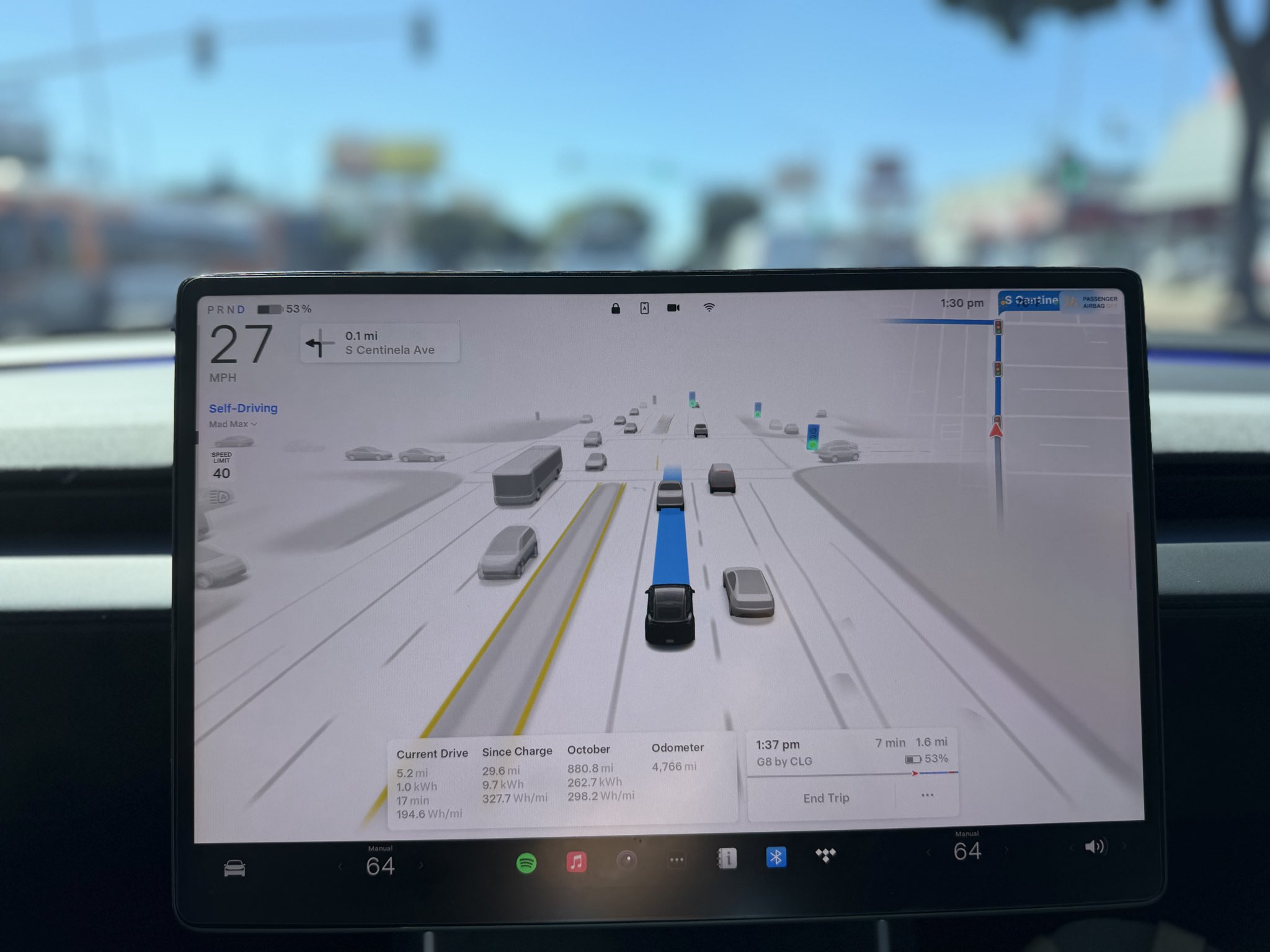
Martin Kolovratník, a Czech Republic Chamber of Deputies member, has expressed his excitement for Tesla’s Full Self-Driving (FSD) after an apparent constituent called for a quick approval for the advanced safety system.
The ANO party lawmaker, who drives both diesel and EV, shared his thoughts about the matter in a post on social media platform X.
The official’s initial statements
Kolovratník kicked off the exchange with a post outlining his coalition’s efforts to scrap highway toll exemptions for electric vehicles and plug-ins starting in 2027.
“Times have changed. Electric vehicles are no longer a fringe technology, but a full-fledged part of operations. And if someone uses the highway network, they should follow the same rules as everyone else. That’s the basis of fairness,” he wrote.
He emphasized equity over ideology, noting his personal mix of diesel and electric driving. “For this reason, there is no reason to continue favoring one technology at the expense of another… It’s not about ideology, it’s about equal conditions. That’s why we clearly agreed within the new coalition: the exemption for electric vehicles and plug-ins will end in 2027. The decision is predictable, understandable, and economically sound.”
Tesla FSD enthusiasm
The conversation pivoted to Tesla’s FSD when X user @robotinreallife, who seems to be one of the official’s constituents, replied that other matters are more important than ending highway exemptions for EVs.
“I’m happy to pay for the highway, but I have a question about a much more fundamental matter: The Netherlands will approve the operation of Tesla FSD in February 26, a technology that has been proven to reduce accidents. The Czech Republic has the option to immediately recognize this certification. Do you plan to support this step so that we don’t unnecessarily delay?” the X user asked.
Kolovratník responded promptly, sharing his own excitement for the upcoming rollout of FSD. “I know about it. I like it and it seems interesting to me. Once we set up the committees and subcommittees, we’ll open it right away in that transport one. Thanks for the tip, I’ll deliver the report,” the official noted in his reply on X.
Kolovratník’s nod to FSD hints at the system’s potentially smooth rollout to Czechia in the coming year. With the Netherlands possibly greenlighting FSD (Supervised) in early 2026, Kolovratník’s commitment could accelerate cross-border certification, boosting FSD’s foray into Europe by a notable margin.
News
Tesla Model 3 named New Zealand’s best passenger car of 2025
Tesla flipped the switch on Full Self-Driving (Supervised) in September, turning every Model 3 and Model Y into New Zealand’s most advanced production car overnight.
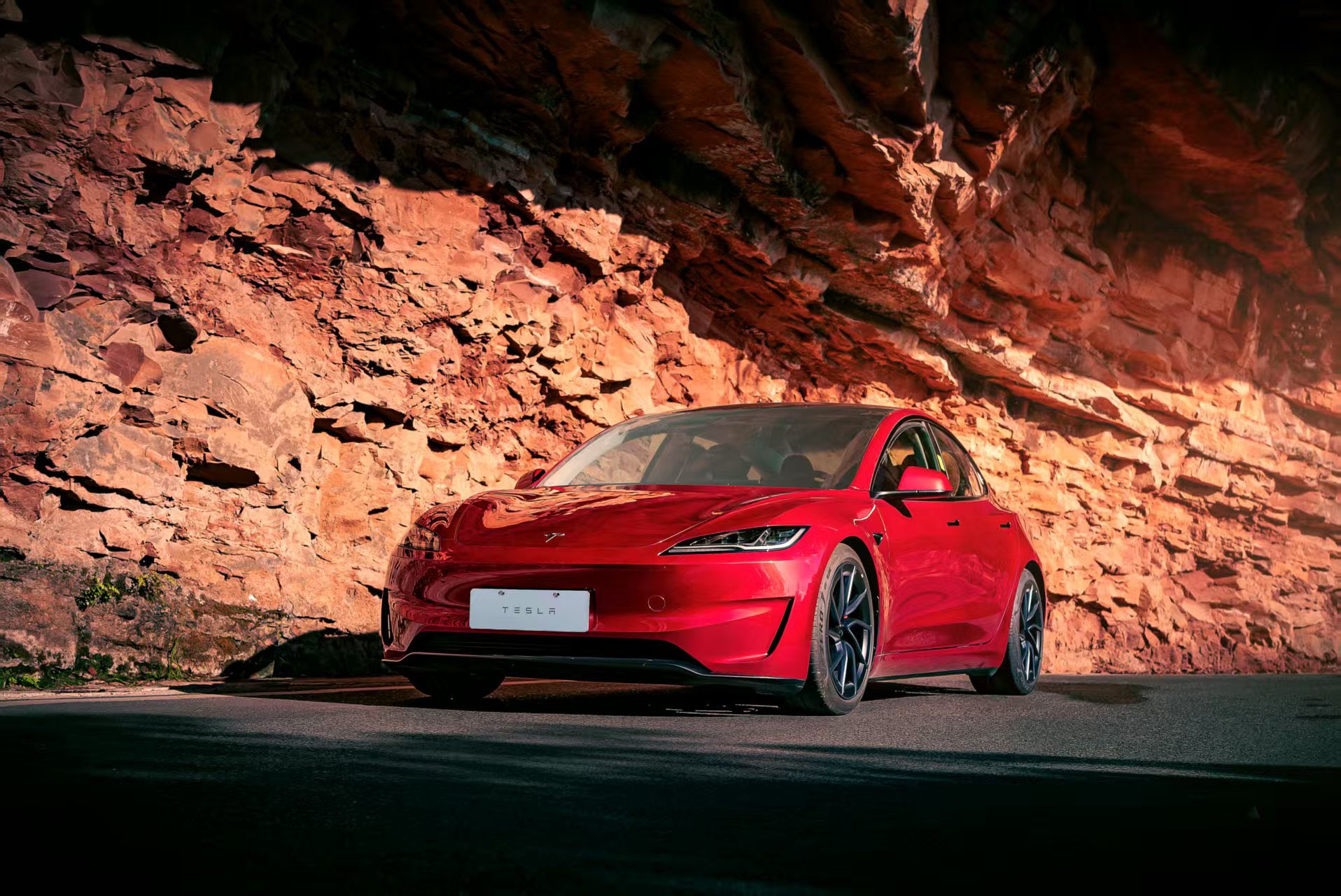
The refreshed Tesla Model 3 has won the DRIVEN Car Guide AA Insurance NZ Car of the Year 2025 award in the Passenger Car category, beating all traditional and electric rivals.
Judges praised the all-electric sedan’s driving dynamics, value-packed EV tech, and the game-changing addition of Full Self-Driving (Supervised) that went live in New Zealand this September.
Why the Model 3 clinched the crown
DRIVEN admitted they were late to the “Highland” party because the updated sedan arrived in New Zealand as a 2024 model, just before the new Model Y stole the headlines. Yet two things forced a re-evaluation this year.
First, experiencing the new Model Y reminded testers how many big upgrades originated in the Model 3, such as the smoother ride, quieter cabin, ventilated seats, rear touchscreen, and stalk-less minimalist interior. Second, and far more importantly, Tesla flipped the switch on Full Self-Driving (Supervised) in September, turning every Model 3 and Model Y into New Zealand’s most advanced production car overnight.
FSD changes everything for Kiwi buyers
The publication called the entry-level rear-wheel-drive version “good to drive and represents a lot of EV technology for the money,” but highlighted that FSD elevates it into another league. “Make no mistake, despite the ‘Supervised’ bit in the name that requires you to remain ready to take control, it’s autonomous and very capable in some surprisingly tricky scenarios,” the review stated.
At NZ$11,400, FSD is far from cheap, but Tesla also offers FSD (Supervised) on a $159 monthly subscription, making the tech accessible without the full upfront investment. That’s a game-changer, as it allows users to access the company’s most advanced system without forking over a huge amount of money.









